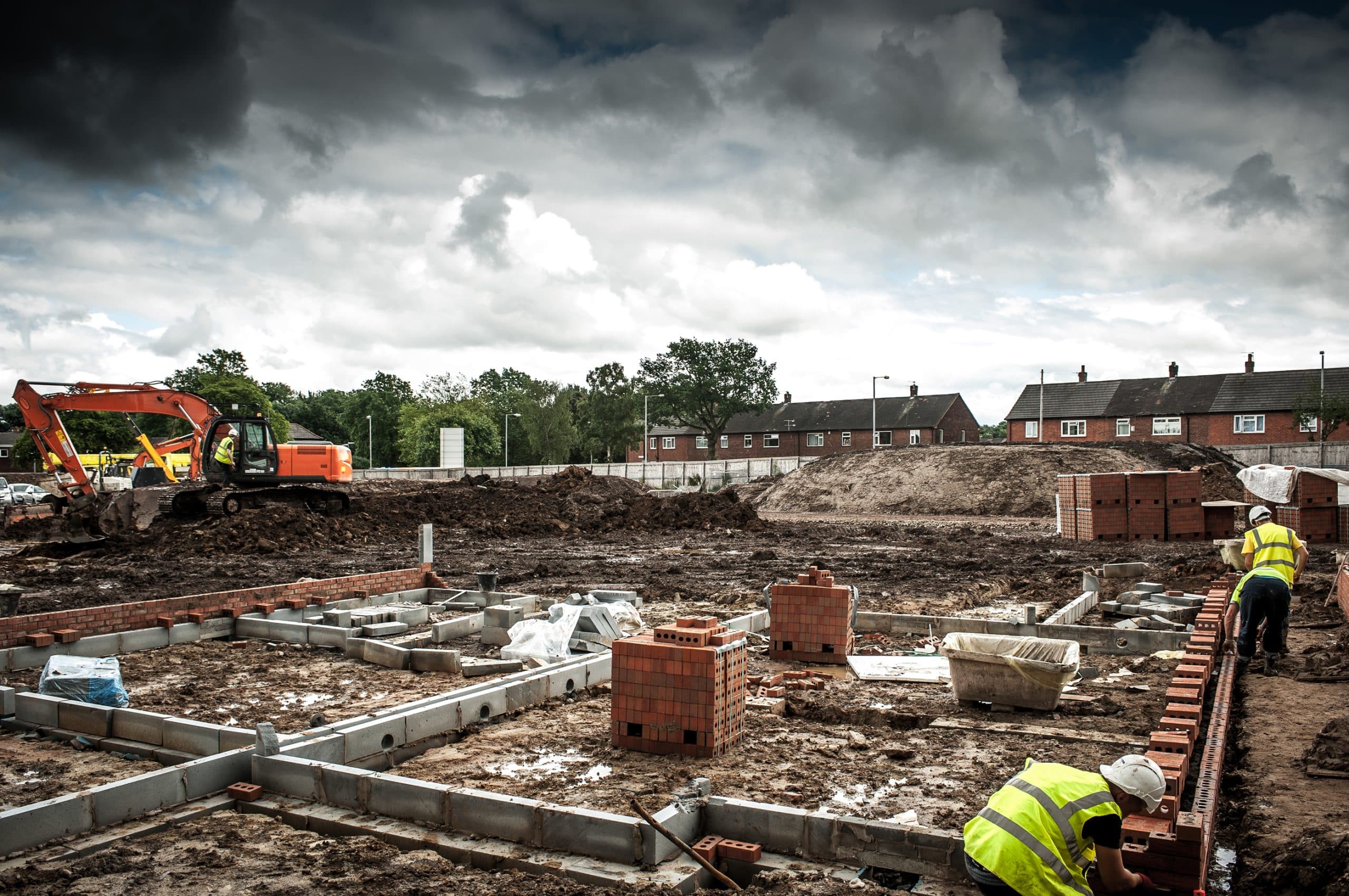Starting a new building company in the UK is a challenging endeavour. Meeting construction standards, managing a team of subcontractors, and maintaining a steady flow of contracts are just a few of the hurdles you’ll have to overcome. Above all these, a significant aspect to consider is the Construction Industry Scheme (CIS). It is a tax deduction scheme introduced by HM Revenue and Customs (HMRC) which impacts how contractors pay subcontractors for construction work. Understanding the CIS is crucial for managing your taxes effectively and ensuring smooth business operations. This guide will walk you through the process, providing you with insights on the CIS registration, payment scheme, and monthly return.
Understanding the Construction Industry Scheme (CIS)
Before delving into the specifics, let’s first comprehend the essence of the CIS. The scheme sets the rules for how payments to subcontractors for construction work must be handled by contractors in the construction industry. Under the CIS, contractors deduct money from a subcontractor’s payments and pass it to HMRC. These deductions count as advance payments towards the subcontractor’s tax and National Insurance.
Lire également : How to establish a UK-based VR training company for hazardous industry compliance?
Contractors will make these deductions on all payments made to the subcontractor, unless the subcontractor is registered for gross payment. For gross payment, subcontractors receive their full earnings, and are themselves responsible for fulfilling their tax obligations. The standard deduction rate under the CIS is 20% for registered subcontractors and 30% for those unregistered.
The Registration Process
Before you can start making deductions or receiving gross payment, you must register for the CIS. Registration can be done online, and is a relatively simple process. If you’re a contractor, you’ll need to register your company with HMRC. Subcontractors, on the other hand, will need to register individually.
En parallèle : What are the specific fire safety requirements for a UK company manufacturing electrical appliances?
When registering, contractors will need to provide details such as their unique taxpayer reference (UTR), National Insurance number, business name and contact details, and nature of their business. Subcontractors will need to provide similar information, plus details of their contractor.
After registering, contractors will receive a CIS card or certificate, which they should present to their subcontractors whenever necessary. This card confirms your status within the scheme and is crucial for ensuring that the correct deductions are made from your payments.
Making and verifying payments under the CIS
Once registered, contractors are responsible for verifying their subcontractors with HMRC before they can pay them. Verification ensures that the subcontractor is registered for the CIS and that the correct tax deductions can be made.
Contractors need to report these deductions to HMRC on a monthly basis using a CIS return. This return includes details of the subcontractors, the work done, and the payments made and deductions withheld. HMRC will then calculate the tax and National Insurance owed based on these reports.
It’s important to note that contractors are also required to provide a monthly statement to their subcontractors detailing the deductions made. This statement must be supplied within 14 days of the end of the tax month, and should include the same details as included in the CIS return.
Dealing with CIS deductions
As a contractor, the amount you deduct from your subcontractors’ payments is essentially an advance on their tax and National Insurance contributions (NICs). These deductions are then passed on to HMRC, reducing the final tax bill of your subcontractors.
If you’re a subcontractor, these deductions can seem like a major blow to your income. However, remember that these are merely prepayments of your tax and NICs. At the end of the tax year, if you’ve paid too much in deductions, you’ll be entitled to a refund from HMRC.
Navigating the CIS as a new building company
Launching a new building company in the UK’s construction industry is no easy task, but understanding how the CIS operates is a significant step forward. From deciphering the ins and outs of the registration process, to effectively managing payments and deductions, a clear understanding of the CIS is essential.
Don’t be daunted by the tax and administrative responsibilities that come with being a contractor. By registering for the CIS, verifying your subcontractors, and maintaining timely and accurate CIS returns, you can ensure that your new building company fulfils its tax obligations while also cultivating a trustworthy relationship with its subcontractors.
Remember to always keep accurate records of all payments made, deductions taken, and CIS returns submitted. This will not only help you stay organised, but also ensure that you’re prepared in the case of an HMRC inspection. It’s also crucial to provide your subcontractors with monthly statements so that they’re aware of their own tax situation.
While the CIS might seem complex at first glance, with careful planning and good record-keeping, you’ll quickly get the hang of it. Your new building company will then be well-poised to thrive in the UK’s construction industry.
HMRC CIS Reporting and Monthly Returns
After understanding the CIS registration, payment scheme, and deductions, the next step is to familiarise yourself with HMRC CIS reporting and monthly returns.
Once the work is done and payments are made, contractors are required to report these to HMRC on a monthly basis. This process is referred to as the CIS monthly return. It provides HMRC with details about the subcontractors, the construction work done, the payments made, and the tax and National Insurance deductions withheld. HMRC uses these reports to calculate the tax and National Insurance owed.
The monthly return must be submitted to HMRC by the 19th of every month following the last tax month. For example, for the tax month of April (6th April to 5th May), the monthly return should reach HMRC by 19th May. Failure to submit the return on time can lead to financial penalties.
Along with submitting monthly returns to HMRC, contractors are also responsible for providing their subcontractors with a monthly payment and deduction statement. This statement should include the same details as the monthly return and must be supplied within 14 days of the end of the tax month. This not only keeps the subcontractors informed about their income and deductions but can also help demonstrate transparency and build trust between contractors and subcontractors.
Conclusion: Embracing the CIS for Long-Term Success
For a new building company, navigating the UK’s construction industry scheme (CIS) can initially seem like a daunting task. However, with an understanding of the scheme’s intricacies and a disciplined approach to fulfilling its requirements, the CIS can become an integral part of your company’s operations.
Remember, the CIS isn’t just about tax; it’s about nurturing a healthy professional relationship with your subcontractors. Providing timely payment, accurate monthly statements, and maintaining transparency about deductions can help enhance your reputation within the industry.
When it comes to the CIS, the key is to stay organised. Keep accurate records of all your transactions, from gross payments to CIS deductions. Regularly review the status of your subcontractors to ensure you’re making the correct deductions. Submit your monthly returns on time, every time, to avoid penalties and keep your company in good standing with HMRC.
The process may seem complex, but with careful planning, diligent record-keeping, and a commitment to understanding the scheme’s ins and outs, your building company will be well-positioned to thrive in the UK’s construction industry. Embrace the CIS as a tool for success, and let it guide your company to a prosperous future in the construction sector.












